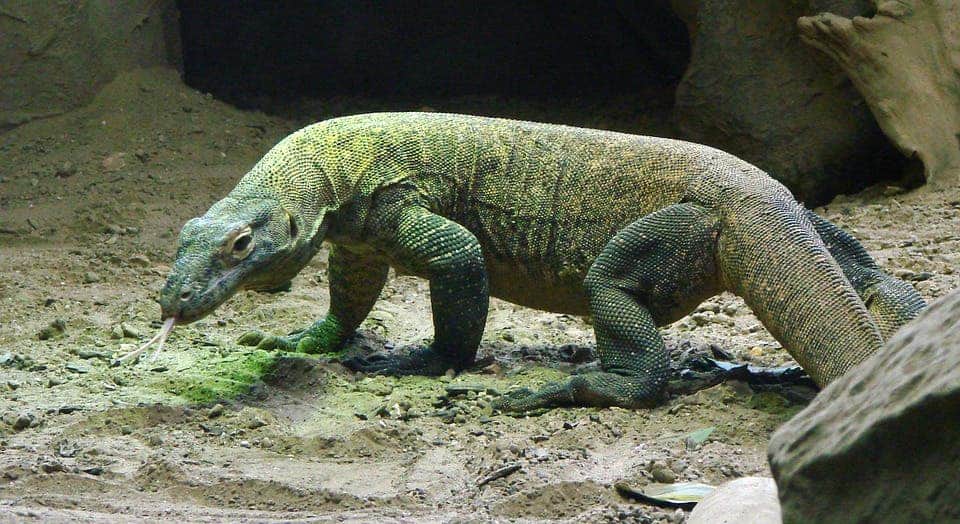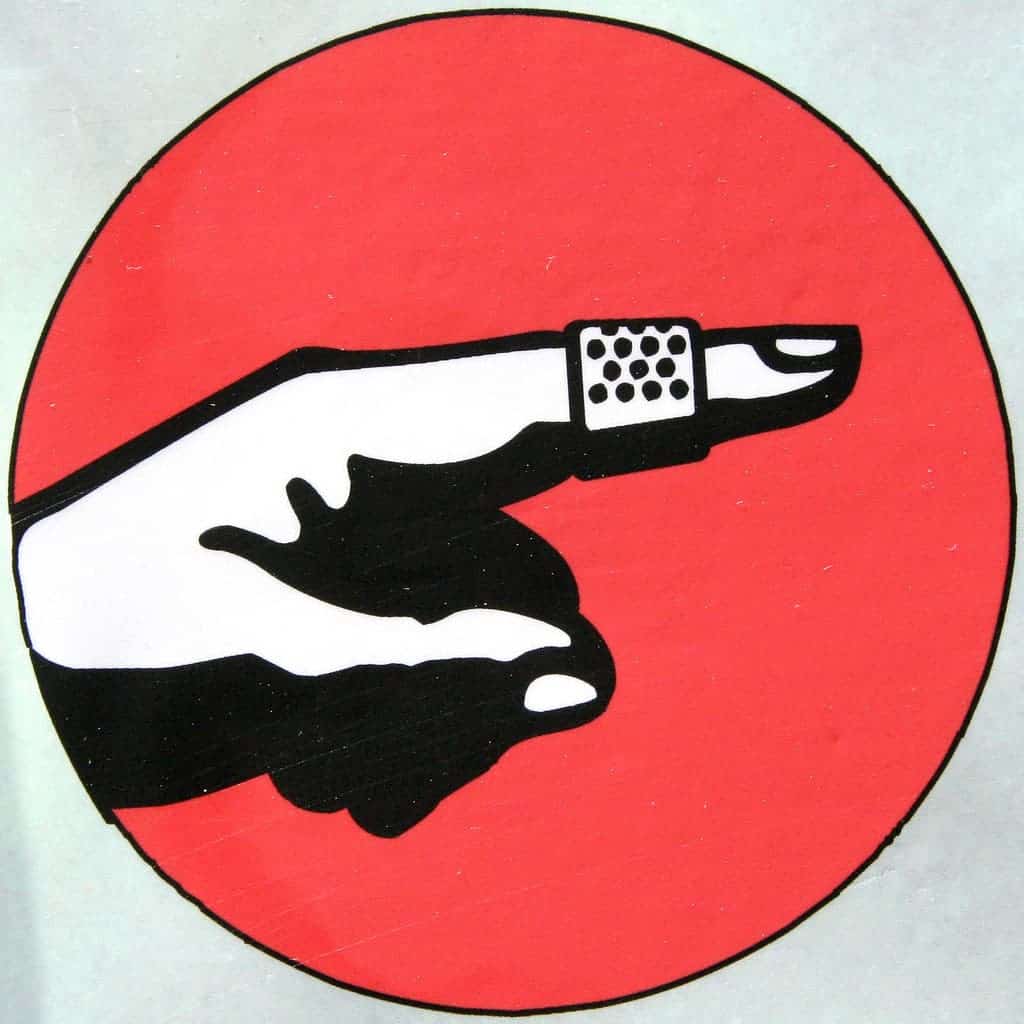Although it may sound like an ingredient for a witch’s brew, dragon’s blood actually has huge potential for new antibiotics. Komodo dragon’s blood, that is. The giant lizards have a lot of bacteria in their mouths but don’t get sick from it so they must contain some pretty powerful natural antibiotics. Scientists from George Mason University obtained a sample of komodo dragon’s blood and isolated out an antimicrobial substance which holds great promise. They replicated it into a form that can be created in a lab and as it turns out, the new antibiotic is great for killing bacteria and helping to heal wounds. A huge plus is that bacteria aren’t so likely to become resistant to it.
Natural antibiotics
Lizards have a lot of potential for containing natural antibiotics because they survive severe wounding, sometimes even losing limbs, in environments with lots of bacteria without getting infections. Komodo dragons, in particular, have a lot of bacteria in their mouth, but it never makes them sick. The research team, led by Monique L. Van Hoek and Barney M. Bishop, was able to get the zookeepers at the St. Augustine Alligator Farm and Zoological Park in Florida to obtain four tablespoons of blood from a komodo dragon called Tujah. Tujah’s blood may contain many antibiotics; the researchers are in the process of testing more than 40 other substances from it.
The researchers created a chemical in the lab that works in the same way as one particular substance found in the komodo dragon’s blood. They named it DRGN-1 — guess why. The substance was created in the lab and is synthetic so luckily it is not necessary to take blood from komodo dragons to get the antibiotic. They tested the new substance on mice that were infected with bacteria or wounded.
Healing quickly
DRGN-1 worked well against bacteria as well as biofilms (microbes that are associated with a surface). Biofilms are usually resistant to antibiotic treatment. In addition, it improved wound healing in both infected and uninfected wounds. The wounds treated with DRGN-1 healed much faster than untreated wounds or wounds treated with another peptide. Not only does it kill bacteria, but it stimulates wound healing cells in the body to speed up healing. It could be useful in wound ointment to help cuts or scrapes heal faster and to kill bacteria.
This new antibiotic is especially important in light of increasing antibacterial resistance. DRGN-1 works because of antimicrobial peptides. They have a lot of potential as an alternative to traditional antibiotics. It could be harder for bacteria to become resistant to them because they act quickly or through complex mechanisms. Amazingly, they work against bacteria, membrane-bound viruses, and fungi. Because of these features, they have a huge potential to treat human infections and other diseases. However, DRGN-1 was only tested on mice so far. It still needs to be tested on humans before it can be produced. Anyhow, this komodo dragon-based medicine could be in use soon.
Journal reference: Chung, M.C.E. 2017. Komodo dragon-inspired synthetic peptide DRGN-1 promotes wound-healing of a mixed biofilm-infected wound, npj Biofilms and Microbiomes.











